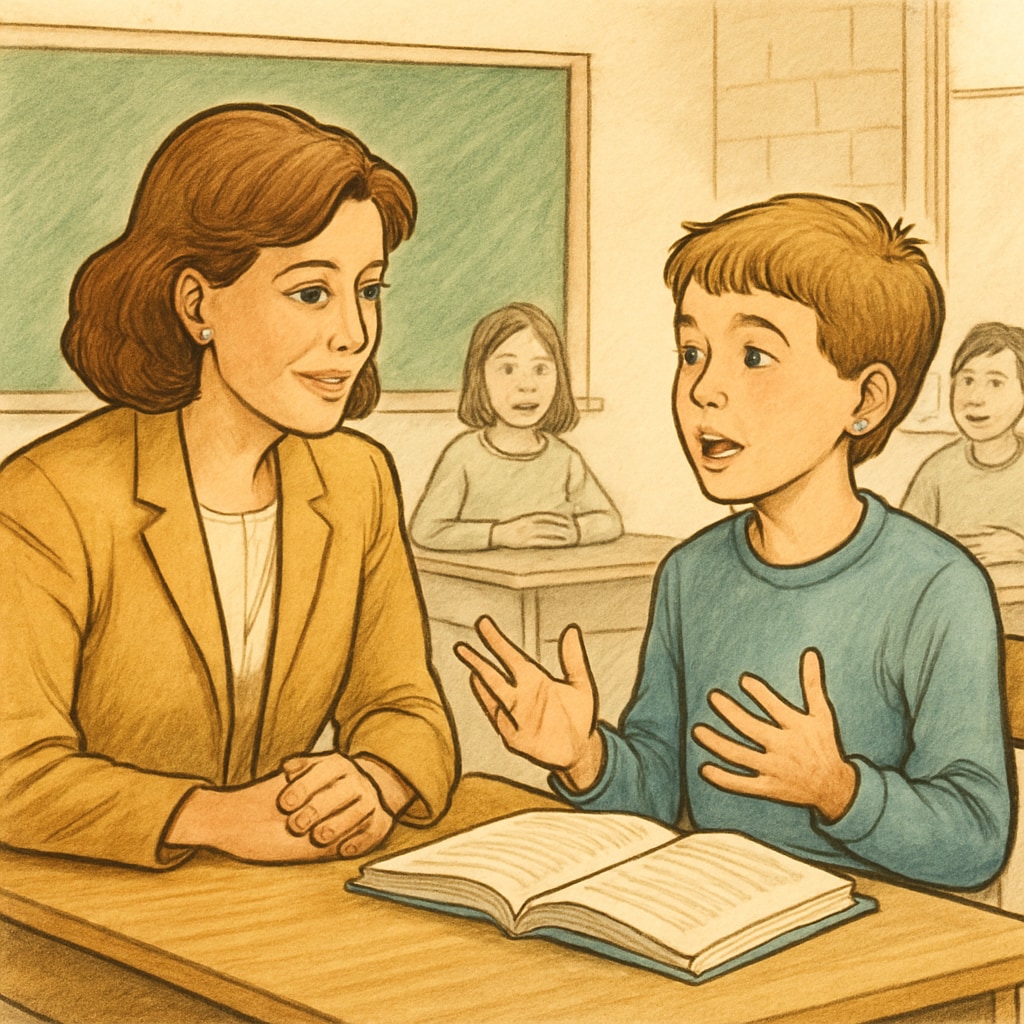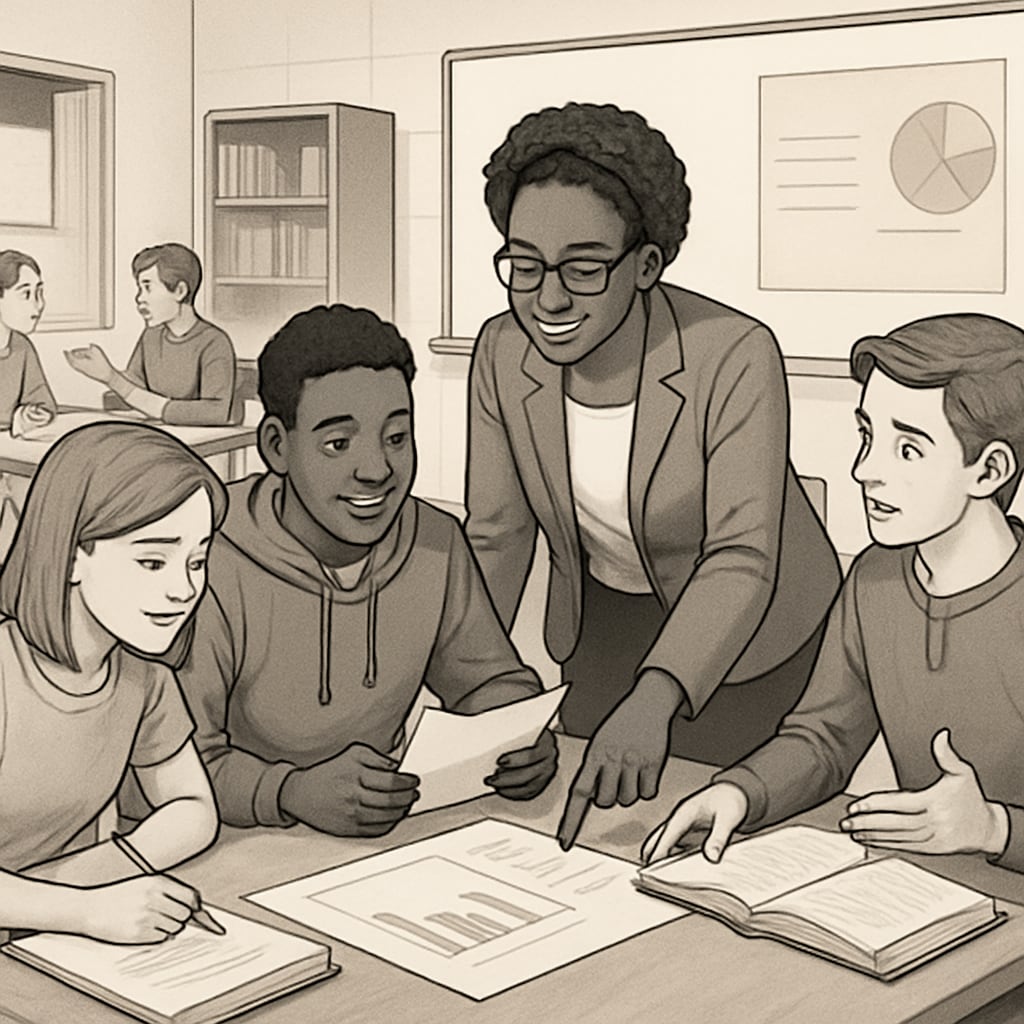In the world of education, few moments are as heartwarming and affirming as when a student looks their teacher in the eye and says, “Thank you for truly listening to me.” This simple yet profound expression of student gratitude not only highlights the teacher’s influence but also underscores the significance of meaningful teacher-student interactions. When educators take the time to genuinely listen, they create a bridge that connects hearts and minds, fostering trust and promoting students’ holistic development.
The Transformative Power of Genuine Listening
Listening is often an underestimated skill in teaching. However, its impact on students can be life-changing. When students feel heard, they gain confidence, feel more valued, and are more likely to engage actively in their learning journey. For example, a teacher who pauses to ask, “What do you think?” empowers students to share their perspectives. This practice not only validates their thoughts but also teaches them the importance of communication and mutual respect.
One real-life example comes from Sarah, a high school student struggling with self-doubt. Her teacher, Mr. Roberts, noticed her hesitation during class discussions. Instead of dismissing it, he invited her to share her thoughts privately after class. “He didn’t interrupt or rush me,” Sarah later shared. “For the first time, I felt like my opinion truly mattered.” This small act of listening transformed Sarah’s confidence, and she began participating more in class, ultimately excelling academically.

Building Trust Through Respectful Interactions
Trust is the cornerstone of any meaningful relationship, and teacher-student interactions are no exception. Genuine listening fosters trust, as it shows students that their voice matters. When teachers demonstrate respect for students’ ideas and emotions, they create a safe space where students feel comfortable being themselves.
Consider the case of a middle school science teacher, Mrs. Lee, who regularly incorporated student feedback into her lesson plans. One day, a shy student named Jonathan expressed a desire to explore environmental issues in more depth. Mrs. Lee not only acknowledged his suggestion but also adapted her curriculum to include a project on sustainable practices. By doing this, she showed the class that their input could shape the learning experience. As a result, Jonathan and his peers felt more connected to the subject matter and more motivated to contribute.
As educators, it’s essential to remember that respect is reciprocal. When students feel respected and valued, they are more likely to respect their teachers and peers, creating a positive learning environment for everyone.

Fostering Holistic Development Through Active Engagement
Education is more than just imparting knowledge; it’s about nurturing the whole individual. Genuine teacher-student interactions play a crucial role in this process. By actively engaging with students, teachers can address not only their academic needs but also their emotional and social growth.
For instance, a teacher who listens to a student’s concerns about balancing schoolwork with extracurricular activities can provide guidance on time management. Similarly, acknowledging a student’s personal achievements outside of the classroom—like excelling in sports or participating in community service—reinforces their sense of identity and self-worth. These small yet impactful gestures demonstrate that teachers care about their students as individuals, not just as learners.
Moreover, active listening equips students with essential life skills. By observing their teachers, students learn how to listen empathetically, communicate effectively, and build meaningful relationships—skills that will serve them well beyond the classroom.
In conclusion, the power of student gratitude, teacher influence, and meaningful teacher-student interactions cannot be overstated. When educators take the time to truly listen, they not only foster trust and respect but also contribute to their students’ holistic development. So, the next time a student says, “Thank you for listening,” remember that it’s more than just a compliment—it’s a testament to the transformative power of education.
Readability guidance: Use short paragraphs and bullet points to summarize key ideas; ensure a balance of transitions (e.g., however, therefore, for example) for smooth flow; maintain an active voice to engage readers effectively.


